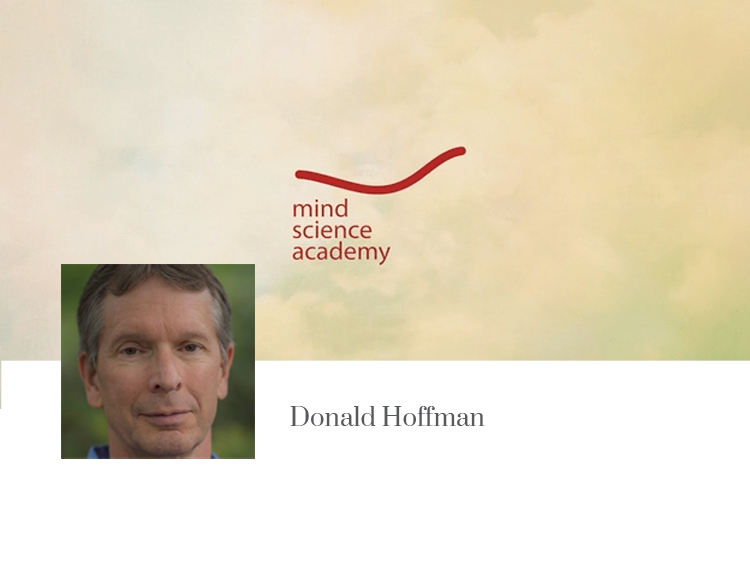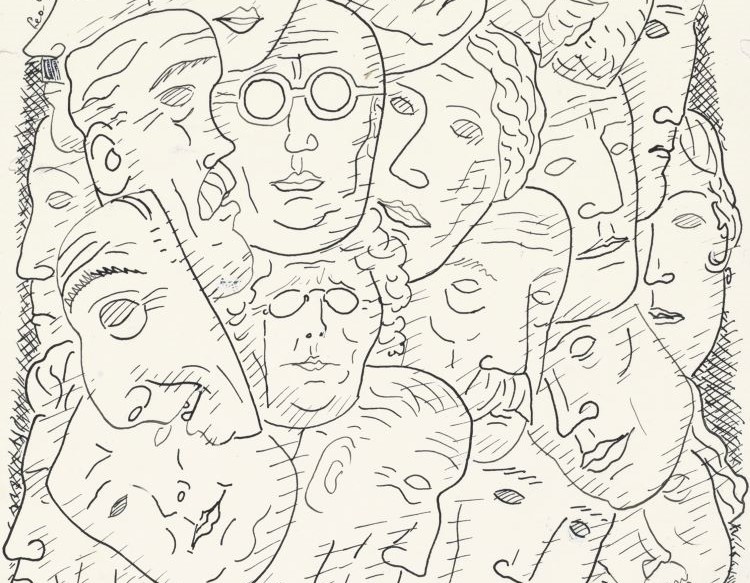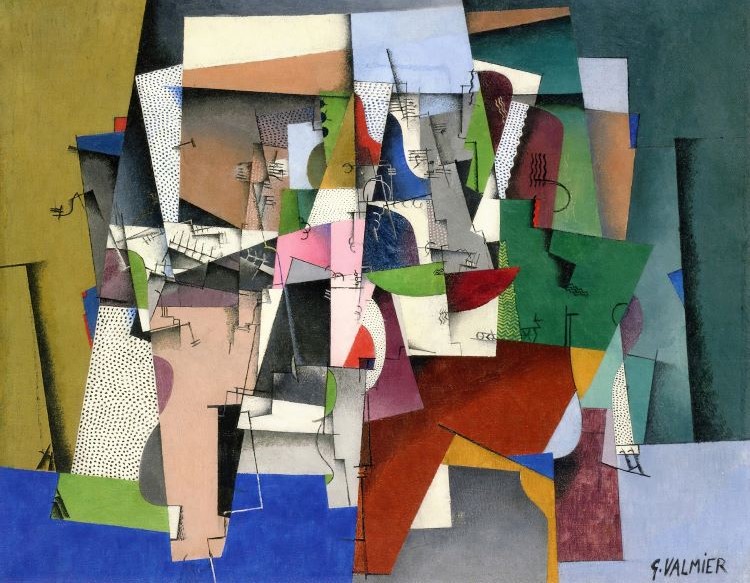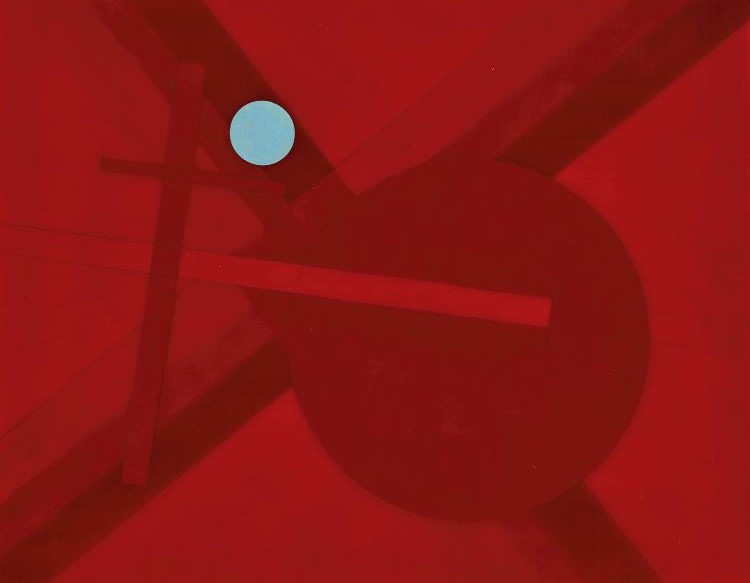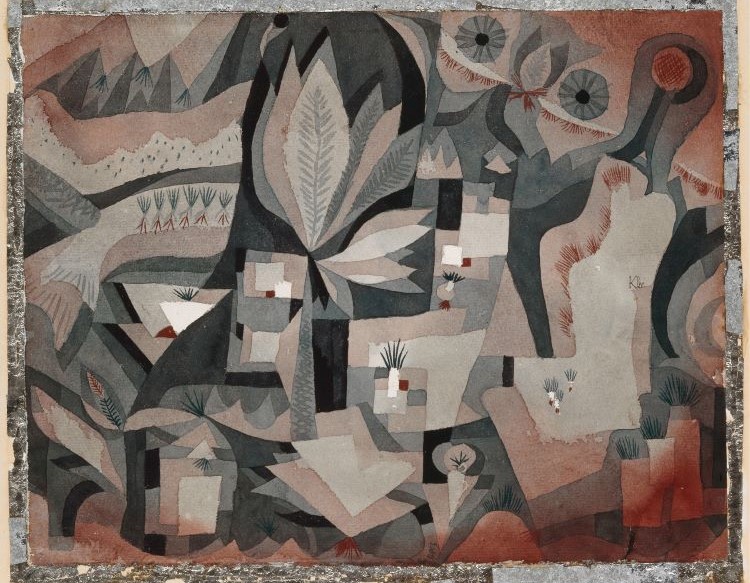by Bruno Neri and Maria Vaghi
The bishop and philosopher George Berkeley condensed his worldview into an aphorism: Esse est percipi (to exist is to be perceived). In other words, it is only the entry into the cognitive universe of a conscious being, through perception, that can confer reality to objects. In fact, if we were to attempt to define what is Real, we would unexpectedly find ourselves in a vicious circle, with the only way out being to rely on the only thing we can be certain of: being the abode of experience. Then we could respond, paraphrasing Berkeley, 'What appears to my mind is Real.' And thus, appearance and reality, terms that are often considered antithetical (even in our title), surprisingly end up converging.
Now, the process through which we learn about the world consists of two steps: the first is sensation, the awareness of having received a sensory stimulus (an image, a sound, physical contact, the stimulation of our taste buds or sense of smell); the second is perception, the automatic mental processing through which the received stimulus is recognized, cataloged, and ready to be stored with the right label applied. When we search for it in our memory or try to recognize it in our experience, we do so using the label and not by unearthing, for example, in the case of an image, the thousands or millions of details (pixels, to use a term borrowed from the digital world) that constitute it and that, on their own, have no meaning. It would be impossible. And so, that aggregate of pixels, which is the only thing that originally exists, transforms, but only in our mind, into a complete and meaningful image. Seen in this way, the process of learning about the world is a continuous construction of appearances that constitute the labels we apply to external aggregates we come into contact with: that is our Reality. It is a trick that evolution has devised and that has conditioned natural selection, proving indispensable to make us fit to live in the world. The ordinary representation we have of the world is made up of these appearances reified through a label to which we erroneously attribute an intrinsic existence it does not possess.
The concept of two levels of Reality, an ordinary one and one that could be defined as subtle or ultimate, is present in seemingly very different worldviews that surprisingly converge on this aspect. We find it in Quantum Mechanics, which offers a description of a subtle (microscopic) reality underlying the ordinary (macroscopic) one, governed by laws that would lead to paradoxical results if applied to the macroscopic world. We find it in Eastern traditions, particularly in Buddhism where, to act in the world, while recognizing the indispensability of a gross description of Reality—made up of constructs of the mind and labels—it simultaneously acknowledges the existence of an underlying ultimate Reality.
To access this Reality, it is essential to realize emptiness, or the intimate recognition of the lack of intrinsic existence of all things, which exist only as designations of our mind.
A recomposition of this duality is found in the view of the philosophical current of Phenomenology, for which the problem of Reality in itself does not exist because experience is the only thing we can affirm exists, and it does not even make sense to ask if there is something that is not somehow accessible to experience itself. On the diametrically opposite position, which devalues all forms of subjectivity, is classical Physics, which leaves no doubt that only entities with mass and/or extension and/or energy, therefore objectively measurable, really exist. The way they exist is also independent of the observer and the methods of observation. A view in contrast even with that of Quantum Mechanics.
Very different positions that can undermine confidence in our ability to distinguish true from false or to adhere to this or that vision consciously and maturely. In fact, the problem we face is much more complex than one can imagine until one has confronted it, and, like all complicated things, it offers images of itself that are very different depending on the point of view from which it is framed: that is what determines the apparent irreconcilability of positions.
It is with great pleasure that we present to the reader this in-depth Focus On titled How Perception Occurs: Appearance or Reality? to which many important figures from the worlds of science and contemplative practices have contributed.
To introduce the theme of perception in an accessible way for everyone, the interesting article by Claudio Colaiacomo Between Reification and Nihilism – the Middle Way has drawn inspiration from the works of Professor Jay Garfield on the central theme of the Middle Way. Colaiacomo's article has the clear ability to express philosophically complex concepts in a secular and familiar language for Western readers.
The scientist Donald Hoffman, also in an accessible manner, brings us closer to his complex theories by proposing to see perception not as a window onto reality but rather, more likely, as an interface on the computer screen, where space-time is the desktop, and physical objects are icons on the desktop. In the presented video, he illustrates how vibrant our tendency is to "construct" realities that do not exist.
Enrico Facco, an anesthesia specialist, revisits the theory of three worlds introduced by Popper and Eccles in the 1980s, focusing on its recent neurophenomenological version. In this framework, World 1 is the realm of physical reality; World 2 comprises the brain, sense organs, and brain encoding processes (contributing to the collection of information and its transformation into mental images); World 3 consists of consciousness and the unconscious, which he fondly calls "the room of mirrors" because it reflects reality without being it. Leveraging his extensive professional experience, he expands the discussion by touching on non-ordinary states of consciousness.
Next is the contribution of Michel Bitbol, who skillfully provides a broad overview across time and space, highlighting how the theme has engaged human reflection for millennia from both a scientific and philosophical perspective, whether Western or Eastern. Bitbol begins with a provocative question: can we learn to see appearance as reality? The intention is to showcase the importance of phenomenology, which aims to study appearance, emphasizing how our belief in the reality of external objects arises from it. The second aspect he wishes to draw attention to concerns the fact that Western metaphysics and science have conceived the difference between reality and appearance in the opposite way to Buddhism.
And directly from the Buddhist context, we have two substantial contributions. The first is from Venerable Geshe Dorji Damdul, titled Perception in the Buddhist Psychology of Nalanda and the second is from Venerable Olivier Rossi with his article Appearance and Reality: Dichotomy Between the Mode of Appearing and the Mode of Existence, delving into the differences among the four schools of Buddhist philosophy: Vaibashika, Sautantrika, Cittamatra, and Madhyamika.
Cover image: Cubist village Georges Gaudion (French, 1885-1942) artvee.com



